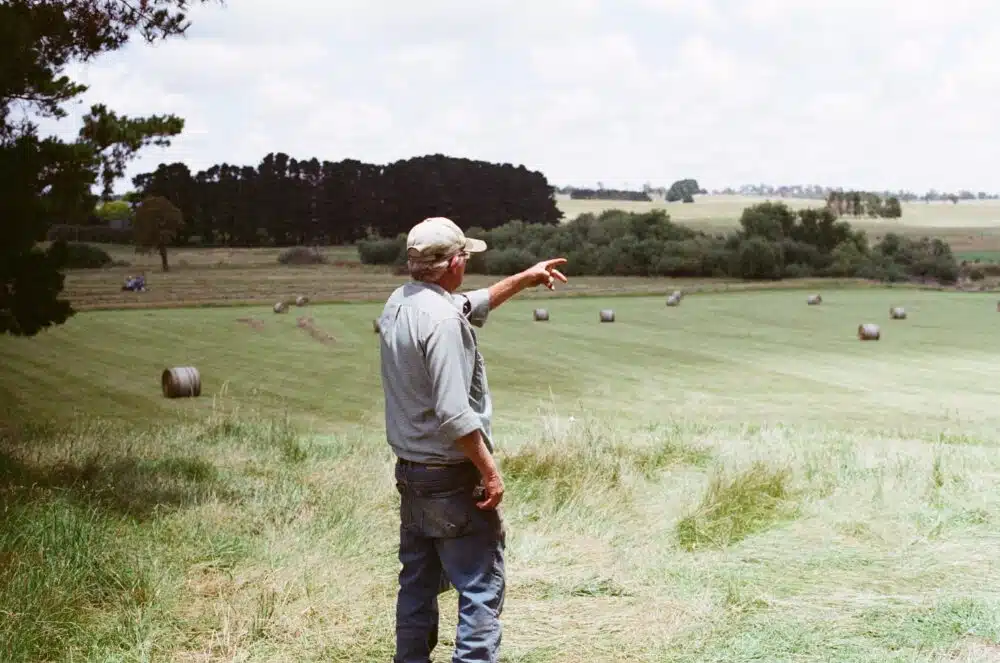

Landowners may profit from carbon credit programs while reducing greenhouse gas emissions. These programs need commitment to certain agricultural methods. Several farmers may lack the resources or experience to handle this. The article below will provide a landowner plan to support carbon credit schemes. We will review agronomic operations that need constant attention and propose strategies to assist farmers overcome every difficulty.
In order to establish a sustainable engagement with carbon credit programs, it is imperative to comprehend the agricultural management techniques that necessitate a long-term dedication. The implementation of certain practices such as cover crop planting, tillage reduction, nutrient management planning, and the establishment of grassland or wetland habitats can be beneficial. It is crucial for land stewards to comprehend the advantages of these methodologies and their ecological ramifications.
The next step is to evaluate the resources and potential of your agricultural property. It is imperative to evaluate the condition of the soil, the accessibility of water, the machinery, and the workforce. Through the assessment of available resources and capabilities, land managers can ascertain the viability of various management techniques and identify those that may necessitate supplementary resources.
The next step is to devise a comprehensive strategy that delineates the agronomic techniques to be executed and the schedule for execution. It is recommended to develop a comprehensive plan that incorporates a thorough budget delineating the expenses related to each agricultural practices, along with probable income from carbon credit initiatives. It is advisable to incorporate contingency plans to cater for any unforeseen events or changes in market conditions.
Engaging with experts and partners is a crucial step in the implementation process, as they can offer valuable guidance and support. This may involve collaborating with conservation organizations, extension agents, and other professionals in the agricultural industry. Collaborating with nearby farms or community groups can offer valuable assistance and assets.
The last phase involves monitoring and evaluating progress on an ongoing basis. It is crucial to regularly assess how agricultural management practices affect the health of the soil, the purity of the water, and biodiversity. It is advised that landowners keep track of the quantity of carbon sequestered and the related carbon credits generated, as well as any changes in market dynamics or governmental requirements.
Participating in carbon credit programs demands a persistent commitment to particular management strategies. This commitment might result in extra income while assisting in the reduction of greenhouse gas emissions in the atmosphere. Landowners may maintain a thriving farm while simultaneously committing to long-term carbon credit programs by putting this complete plan into practice.

Better data for smarter decisions & precise actions in the field.